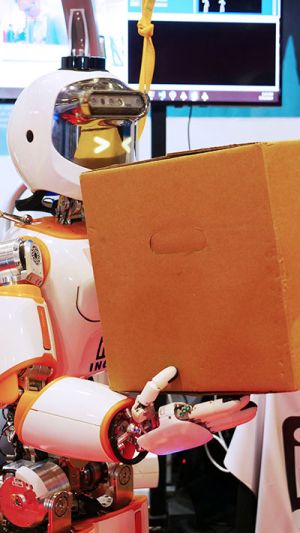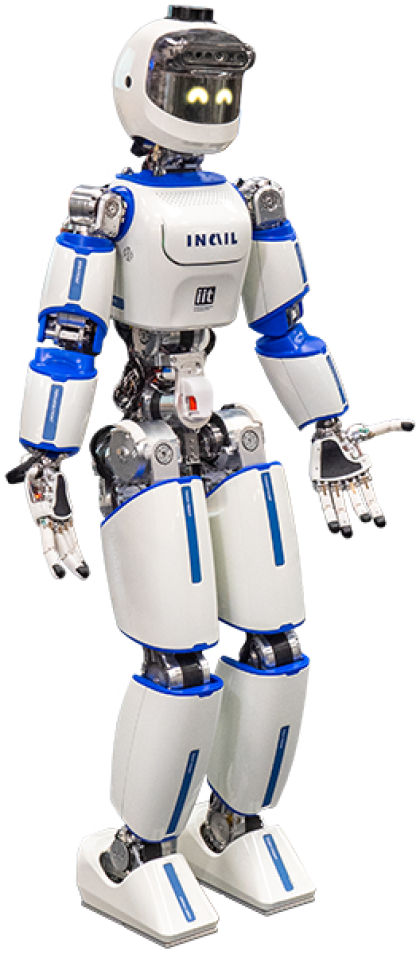Why
A humanoid robot for heavy-lifting tasks
The ergoCub project has developed a humanoid robot called ergoCub, which is an evolution of the humanoid robot iCub with the principal objective of designing a robot suitable for physical collaboration tasks.
While wearable technologies are essential tools for monitoring and predicting biomechanical risk, they lack the capability to reduce risk when a specific task is being executed. Wearable technologies are fundamentally passive devices.
For instance, consider a weightlifting task; if the task is necessary and is performed, the worker will have to carry out the task even if monitored by wearable technologies. Therefore, there is a need for fatigue-resistant machines capable of handling the biomechanical risk for workers engaged in potentially hazardous tasks.
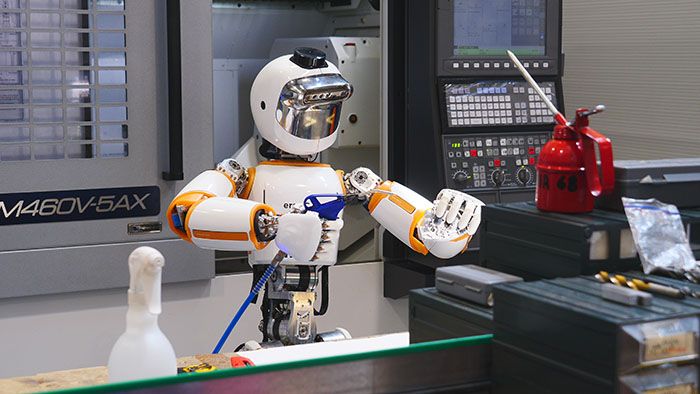
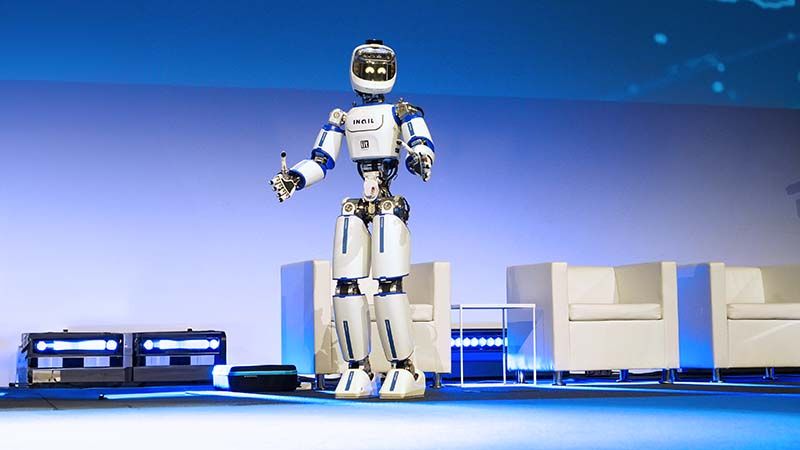
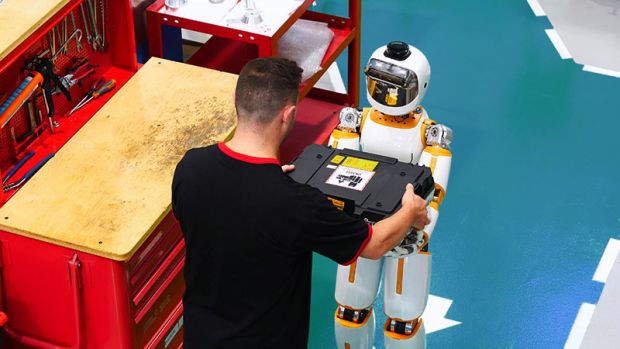
Facts and Numbers
ergoCub specifics
The ergoCub humanoid robot was designed considering ergonomic elements during the design phase: its geometry minimizes the so-called energy consumption of human-robot joint effort during lifting tasks. This design approach has resulted in a 1.5m tall humanoid robot weighing 55.7 kg, capable of carrying loads of up to approximately 10 kg.
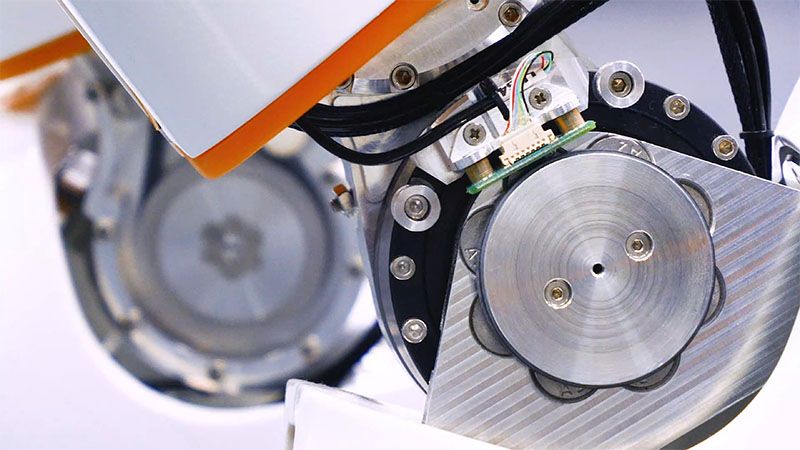
150
Cm
55.7
Kg
10
Kg load-bearing
6E
Wifi connectivity
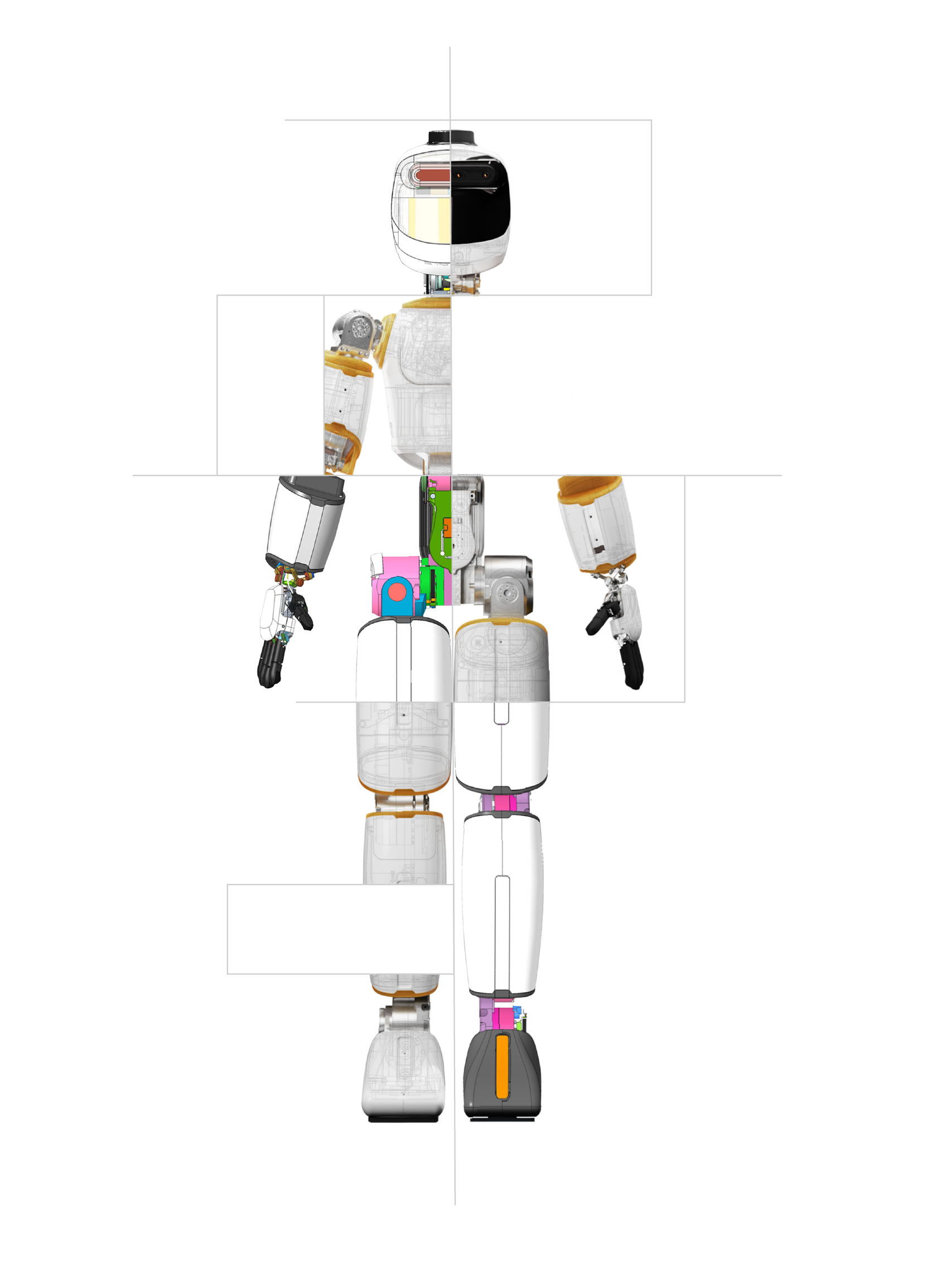
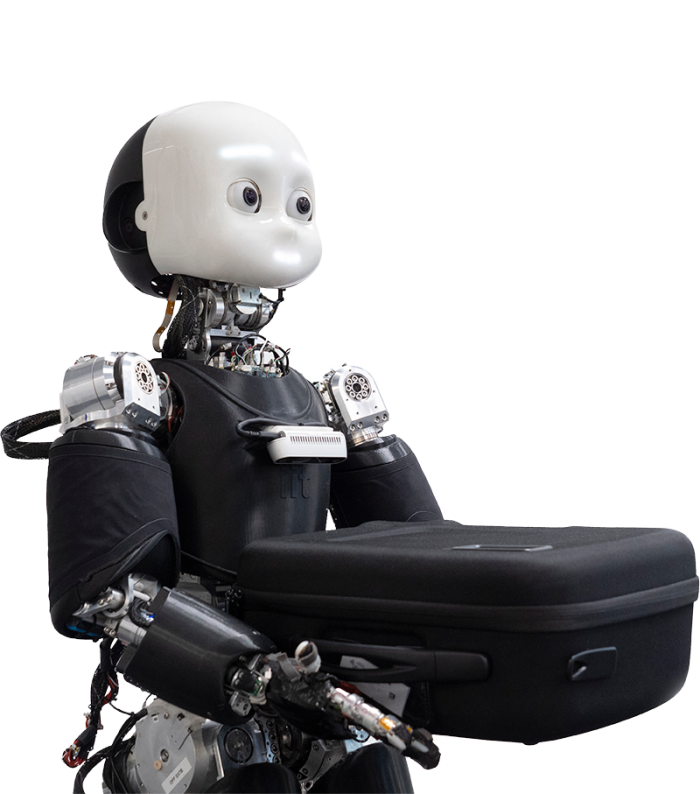
ergoCub's precursor
iCub3
We started our research with iCub3, another robot created at the IIT (Istituto Italiano di Tecnologia). It possesses in total 54 degrees of freedom including those in the fully articulated hands and in the eyes. It is 125 cm tall (50 inch), weighs 52 kg (115 pound).
A.I. FOR THE ROBOT PHYSICAL INTELLIGENCE
 A.I. FOR THE ROBOT
A.I. FOR THE ROBOT
PHYSICAL INTELLIGENCE 

Collaborative Lifting Tasks for Risk Reduction
Control, planning, estimation, and A.I. techniques allow the ergoCub robot to perform lifting tasks in collaboration with a sensorized human. Particularly interesting is the lifting task, which, when performed without robot support, becomes highly risky, while collaboration with the robot reduces the overall risk during the task.
Locomotion
Another essential aspect the project has focused on is robot locomotion, for example, walking. The ergoCub robot can currently walk at a speed similar to a human, which was not possible for its predecessor, iCub3.
Load Transportation
The ergoCub robot can walk while carrying heavy loads. Currently, the robot can transport several kilograms of load, but the goal is to work on the robot's artificial intelligence to significantly increase this carrying capacity.
Autonomous Navigation in a Simulated Warehouse
Based on the robot's sensors, A.I. components have been developed to enable the robot to locate itself in a warehouse and plan a path necessary for its movement. For example, the robot can plan a path between two warehouse shelves while avoiding unexpected obstacles, potentially optimizing the arrangement of objects inside the warehouse for workers' ergonomics.
Recognition of Workers' Intentions
To collaborate with workers, the ergoCub robot must be able to recognize their intentions and the shape and position of objects they interact with. For this purpose, A.I. vision modules have been developed for object recognition, localization, shape estimation, grip control, and manipulation.
Automatic Manipulation
To interact with people, algorithms have been developed to recognize human intentions, such as whether the person is delivering or receiving a load or simply wants to shake hands or greet the robot. The vision techniques developed in this context can be extended or complemented to integrate risk prevention algorithms using information from wearable sensors.
